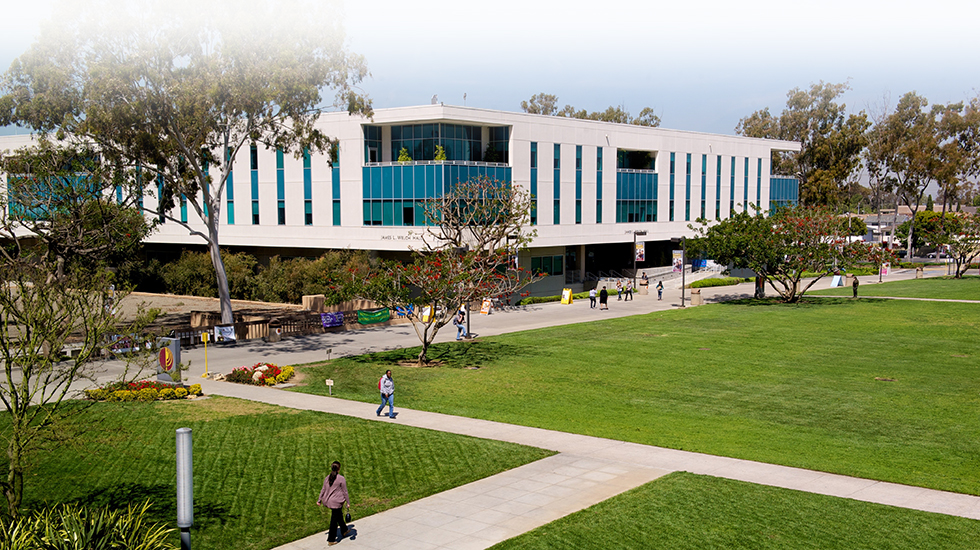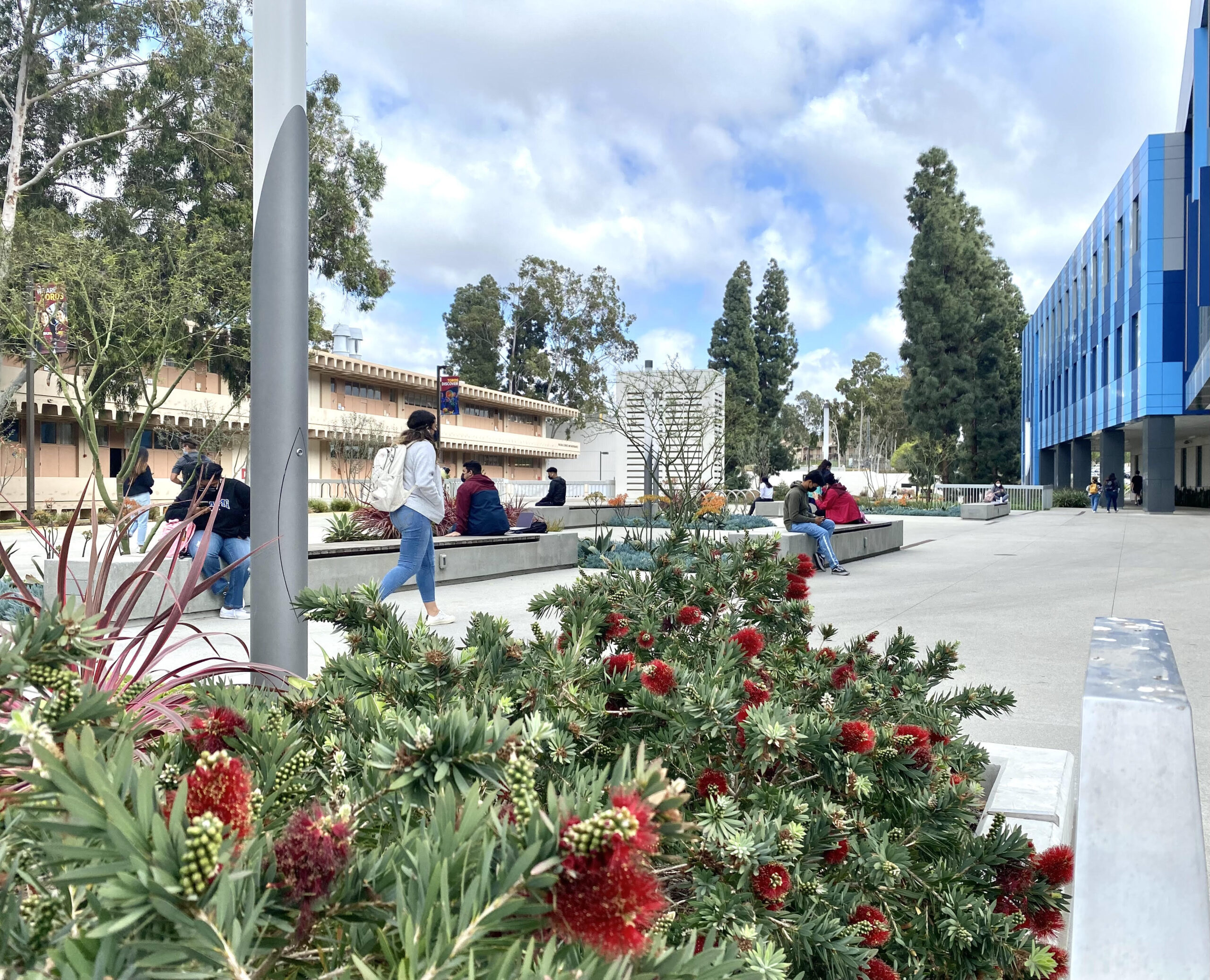The division of Health Sciences is part of the College of Health, Human Services and Nursing, located in Welch Hall on the north side of campus. Photo courtesy of CSUDH
By Cindy Portillo, Staff Reporter
The lack of healthcare resources in minority communities, and how that mirrors a lack of access to higher education for members of those communities, was one of many examples in a discussion yesterday sponsored by the Division of Health Science about how racism impacts public health in America.
Two of the biggest issues concerning minority access to health care are lack of health care and access to resources in their communities for those who do have health care. This is one of the key reasons for the high rates of COVID-19 infection in those communities, each of the four panelists agreed.
“I think what we have seen during the pandemic is just another replication of many, many historical patterns of health disparities across the regional line in this country,” said Dr. Kelin Li, assistant professor in the Sociology department, and one of three CSUDH professors who participated in the discussion.
“Racism, a Public Health Issue: Past, Present and Future,” Li said. “It’s well known that people of color have higher infection rates of COVID.”
Another example of how racism contributes to poor health care for people of color is the lack of resources that are located within those communities. Terry L. Smith, director of HIV Prevention Services for APLA Health & Wellness, said this is an issue because rather than those resources being part of the community, which would encourage residents to use them more, they are located outside the community, and run by organizations that don’t understand the needs of those who need them most. As a result, the resources are not utilized as much, which only worsens the issue of lack of access.
Smith also talked about his experience working with organizations that serve people of color. He said that the perception among many is that public health organizations have access to money that could truly help improve health access for minority communities, but they would rather spend that money on research, rather than creating a “pathway to attending their universities, or sparking interest in public health.”
Dr. Archana Sharma, assistant professor of Health Sciences at CSUDH, agreed that public universities, like public health agencies, need to work on better understanding what is going on in minority communities and not impose their ideas of solutions.
“We train students to become advocates,” Dr. Sharma said. “We’re not trying to fix communities and solve those problems, we don’t want to top-down, you know. We’re not saving them; they have the skills, the knowledge and the culture. We’re just providing the tools, resources and support.”
Encouraging people from those communities, and listening to them, is key for improving their access to health care and access to higher education, Dr. Sharma said:
“Taking what the community is telling you, ‘This is what’s going on with us, these are our challenges, this is where we’re facing barriers to achieving the positive health that we seek, that we want.. that we deserve.’”



